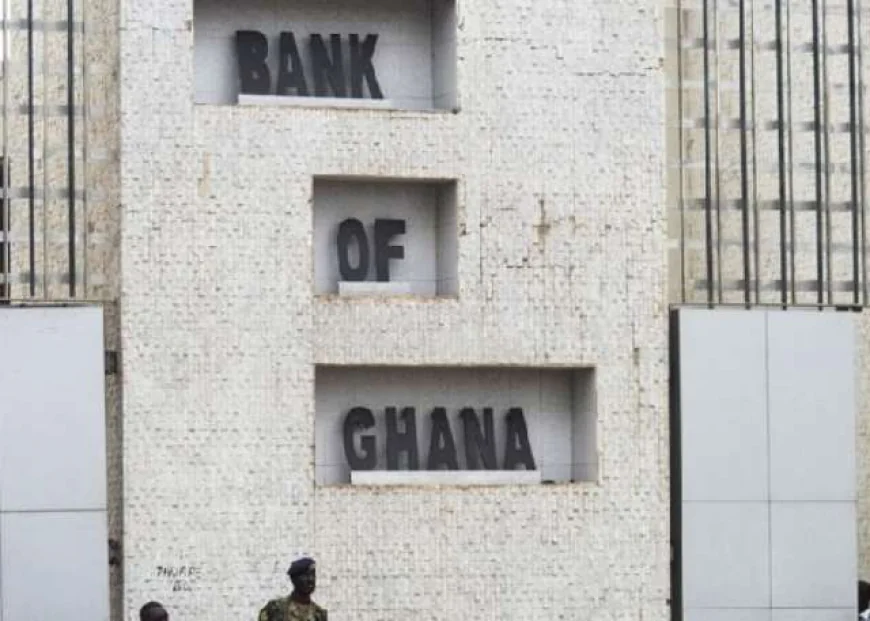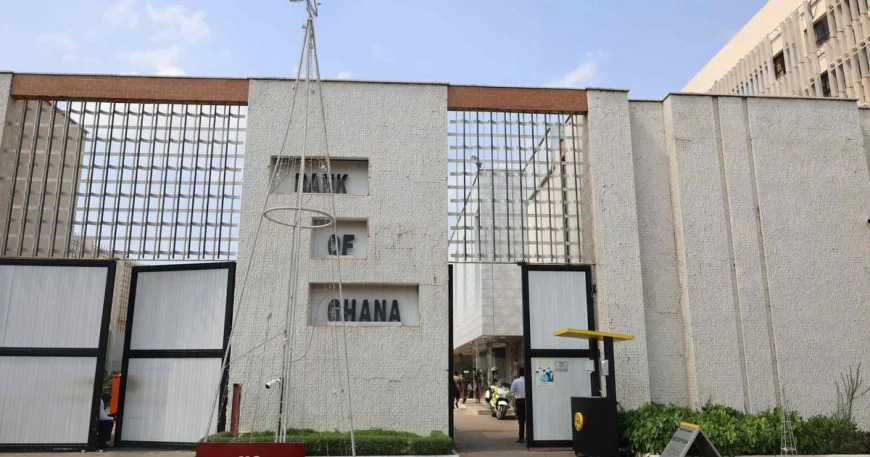What’s Driving the Bank of Ghana's Rise in News Trends?
The Bank of Ghana is grabbing headlines on the back of a convergence of monetary policy tightening, forex stabilization, and ambitious digital ambitions.

The Bank of Ghana is grabbing headlines on the back of a convergence of monetary policy tightening, forex stabilization, and ambitious digital ambitions. A closer look at what's making headlines—and why it matters to the Ghanaian economy—is below.
Also see: Veep Naana Opoku-Agyemang Rallies Female MPs for Gender Equity Push at Presidency
Inflation on a short leash
Consumer inflation in May eased to 18.4% YoY, the lowest since February 2022, following five straight months of slowing. While this represents disinflation, the rate is still above the bank's 6–10% target, and prudence is called for. The bank held its main interest rate unchanged at 28% in June, maintaining tight monetary policy to fight still-high inflation.
Hawkish rate hikes and liquidity tightening
The bank surprised markets in March by hiking the policy rate 100 basis points to 28%—its first rise since July 2023. And then in April, additional liquidity controls were added: a 273-day open market instrument, reduced forex exposure, and reforming the Cash Reserve Ratio to prevent excessive money supply and speculative currency behavior.
Forex regulation and cedi stabilization
Ghana has been cracking down hard on stabilizing its currency. In 2024, a Gold-for-Oil program was launched but discontinued in early 2025 due to losses. Bank of Ghana increased direct gold buying instead: it now buys 20% of output from both large and small miners, doubles gold reserves from 8.77 to 30.8 tons, and brings forex reserves to $9.4 billion.

Foreign exchange rules were also tightened with a centralized framework for approved bureaus, which includes biometric identification of identity—a measure that adds transparency.
Enhancing bank supervision
The Bank also prioritizes financial strength. The bank stepped up oversight of undercapitalized banks and governance reforms.
• Mandating Ghana-based boards to take key credit and risk decisions.
• Capping NPLs at 10% by end‑2026, subject to stringent restructuring and collateral guidelines.
Pioneering digital currency
The bank is also interested in pursuing the e-Cedi digital currency further. There was a recent hackathon that dared fintech coders to come up with useful e-Cedi uses—from agriculture to crowdfunding. This is a big push for financial inclusion and innovation via the CBDC sandbox program. In spite of high inflation and worldwide risks, caution by the Bank is still warranted. If successful, these would trigger disinflation, strengthen the cedi, deepen digital finance, and achieve sustainable growth.
Conclusion
The Bank of Ghana's presence in 2025 is born out of bold policy reforms in interest rates, reserve management, regulatory transformation, and financial innovation. These efforts are very much in sync with economic stabilization targets, as they aim to tame inflation, stabilize the cedi, and reshape the financial landscape.


